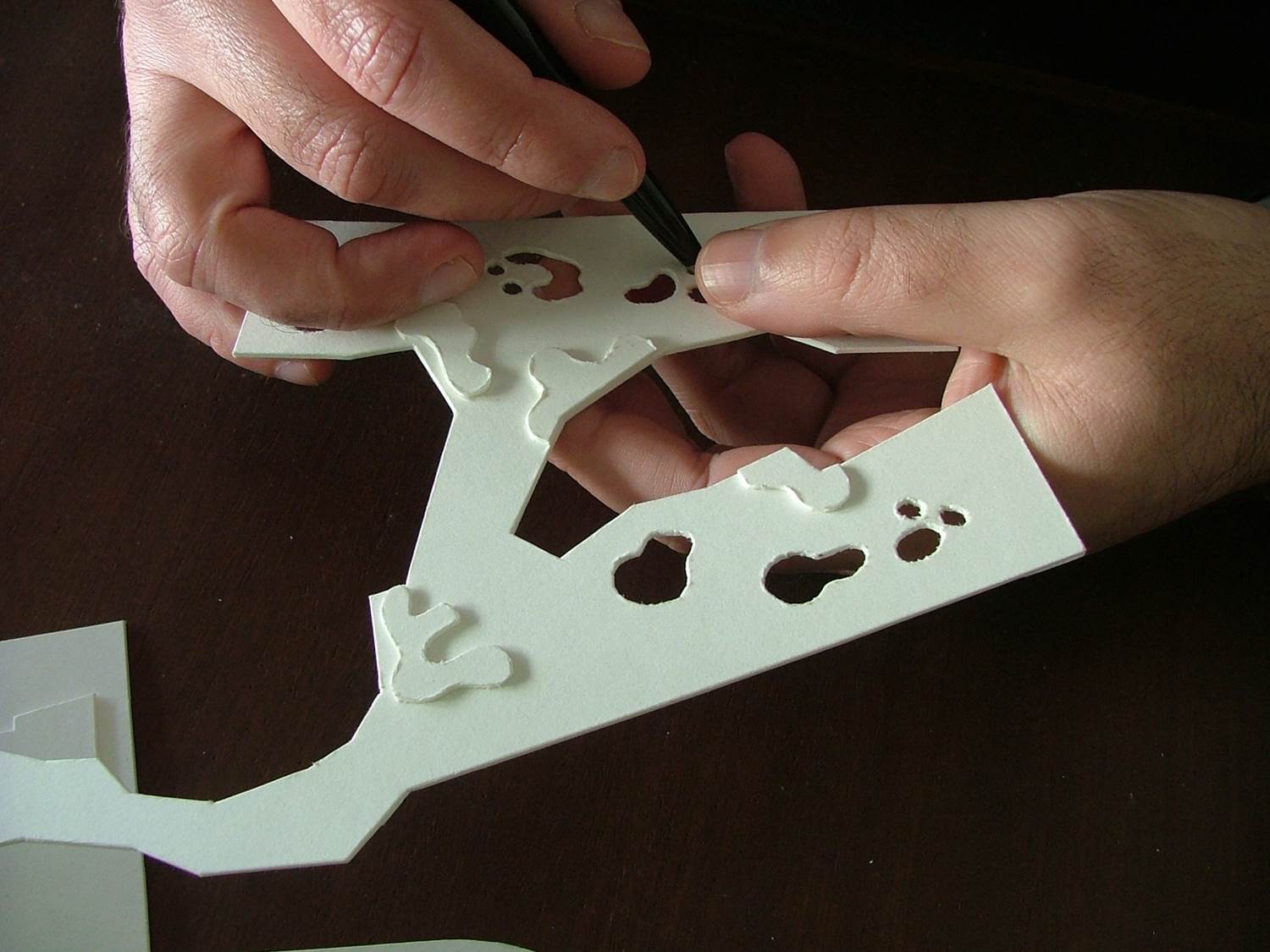Architectural design In Dialogue with disAbility (AIDA)
This research project started from the observation that, because of their specific interaction with space, disabled people are able to appreciate spatial qualities or detect misfits in the environment that most architects or other designers are not even aware of. This holds for sensory impairments such as blindness or low vision, but also for mental conditions like autism or dementia. The experiences and subsequent insights of these disabled people, so it is argued, represent a considerable knowledge resource that would complement and enrich the professional expertise of architects and designers in general. This argument formed the basis for a methodological and theoretical exploration of a multisensory design approach in architecture. On the one hand, a series of retrospective case studies was conducted to identify and describe the motives and elements that trigger or stimulate architects attention for disabled people’s multisensory spatial experiences when designing spaces. On the other hand, the project investigated experimentally in real time to what extent design processes and products in architecture can be enriched by establishing a dialogue between the multisensory knowing-in-action of disabled people and the expertise of professional architects/designers. In this way, the project aimed to develop a more profound understanding of how inclusive design can be realised in architectural design practice. At least as important, however, is its contribution to innovation in architecture tout court. The research results are expected to give a powerful impulse to quality improvement of the built environment by stimulating and supporting the development of innovative design concepts.
Publications
- Nijs, G., Heylighen, A. (2015). Turning disability experience into expertise in assessing building accessibility: A contribution to articulating disability epistemologyAlter - European Journal of Disability research, 9, 144-156.
- Heylighen, A. (2015). Enacting the socio-material: Matter and meaning reconfigured through disability experienceIn: Lindsay G., Morhayim L. (Eds.), Revisiting "Social Factors". Advancing Research into People and Place, Chapt. 4. Newcastle upon Tyne: Cambridge Scholars Publishing, 72-90
- Heylighen, A., Nijs, G. (2014). Designing in the absence of sight: Design cognition re-articulatedDesign Studies, 35, 113-132
- Heylighen, A. (2014). About the nature of design in universal design. Disability and Rehabilitation36 (16), 1360-1368
- Elsen, C., Heylighen, A. (2014). Representations of sensory experiences in the early phases of architectural design: there is more than meets the eyeJournal of Design Research, 12 (4), 239-259
- Heylighen, A., Bianchin, M. (2013). How does inclusive design relate to good design?Design Studies, 34, 93-110
- Heylighen, A., Van Doren, C., Vermeersch, P. (2013). Enriching our understanding of architecture through disability experienceOpen House International, 38 (1), 7-19
- Vermeersch, P., Heylighen, A. (2013). Rendering the tacit observable in the learning process of a changing body. In Nimkulrat, N. (Ed.), Niedderer, K. (Ed.), Evans, M. (Ed.), Knowing Inside Out - experiential knowledge, expertise and connoisseurship. EKSIG 2013. Loughborough, 4-5 July 2013 (pp. 259-270). Loughborough: Loughborough University
- Vermeersch, P., Heylighen, A. (2011). Scaling Haptics - Haptic Scaling. Studying scale and scaling in the haptic design process of two architects who lost their sightIn: Adler G., Brittain-Catlin T., Fontana-Giusti G. (Eds.), Scale: Imagination, Perception and Practice in Architecture. Oxon: Routledge, 127-135
Context
- Funding Agency: European Research Council
- Principal Investigator: prof. Ann Heylighen
- Team Members: Catherine Elsen, Greg Nijs, Jasmien Herssens, Lisa Wastiels, Megan Strickfaden, Peter-Willem Vermeersch

